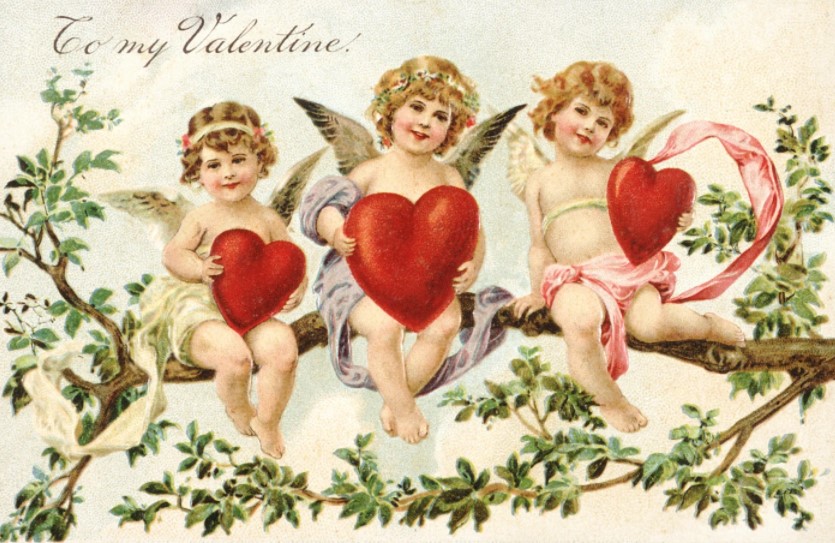The History of Valentine’s Day
February 10, 2022
Although many people are familiar with the traditions associated with Valentine’s Day and likely even the name St. Valentine, much less are familiar with the history of the well-known holiday on February 14. The holiday has a surprisingly complex and debated history leading up to the celebrations we observe today.
Many say its origins are in the Roman festival Lupercalia, which takes place in mid-February. Here, the Romans celebrated the coming of spring, and festivities included sacrificing a goat, different fertility rites, and the pairing off of women with men. However, by the end of the fifth century, the celebration of Lupercalia was forbidden. Although the origin of Valentine’s Day is still vague, some say it was an attempt by the Church to Christianize this pagan holiday.
This is the beginning of the holiday’s somewhat confusing origins. The Church recognizes multiple different martyred saints by the name of Valentine, and there’s much debate on who St. Valentine truly refers to. One legend says he was a third-century Roman priest who performed secret marriages for young lovers when the action was outlawed. Another legend says he was a bishop from Terni. There are many different stories surrounding Valentine, but nearly all portray him as a romantic hero. At the end of the fifth century, Pope Gelasius, after banning the celebration of Lupercalia, declared February 14 as St. Valentine’s Day to commemorate the saint’s actions and his death.
Valentine’s Day wasn’t considered a celebration of romance until the fourteenth century. During the Middle Ages, a common belief in France and England was that February 14 began the mating season for birds. This added to the idea of the holiday as a day of romance. St. Valentine’s Day was first recorded as a truly romantic celebration in 1375 by English poet Geoffrey Chaucer in his work “Parliament of Foules.”
Another name associated with the holiday is that of Cupid. Today, Cupid is often depicted as an angel who launches arrows at unsuspecting couples. Although Cupid shares a name with a Roman god, his roots come from Greek mythology. According to Greek poets, the god of love Eros was a handsome immortal with magic arrows. Like Cupid today, he launched gold arrows to spread love, but he also had lead arrows used to spread hate.
Celebrations of the holiday began to resemble what they are today around 1400 when written valentines began to appear. By the mid-18th century, it was common for partners and friends to exchange handwritten notes and small gifts. In the 1840s, Esther A. Howland, also known as the “Mother of the Valentine,” began selling mass-produced valentines with elaborate embellishments like lace and ribbons. By 1900, improvements in printing technology led to the popularity of sending printed cards.
Today, Valentine’s Day is the second largest card-sending holiday, second only to Christmas. According to the Greeting Card Association, about 145 million Valentine’s Day cards are sent each year. Even in schools, exchanging cards with classmates is common, especially for younger children. The holiday is celebrated in countries around the world, and mass weddings are also a common occurrence. Aside from romantic love, the day serves to celebrate familial and platonic love as well.
Despite its complex history, the day is certainly one many love to celebrate. There’s so much to appreciate about a day dedicated to celebrating the love that people have for one another. I hope that everyone enjoys a happy Valentine’s Day!
Works Cited:
The Editors of Encyclopaedia Britannica. (2021, December 14). Valentine’s Day. Encyclopedia Britannica. Retrieved January 22, 2022, from https://www.britannica.com/topic/Valentines-Day
History.com Editors. (2009, December 22). History of Valentine’s Day. HISTORY. Retrieved January 22, 2022, from https://www.history.com/topics/valentines-day/history-of-valentines-day-2

